You see those dreamy Japow edits on Instagram – untouched lines, floating turns, deep in the trees. Looks like magic, right?
Well, it is magical… but it’s also serious business. Japan’s backcountry is wild, unpatrolled, and sometimes completely unforgiving. If you’re heading off-piste in Japan, you’re responsible for yoursel and trust me, you don’t want to find out the hard way what that really means.
So before you chase the white room, let’s talk about safety, rules, and the must-have apps that can literally save your life.
🚨 Japan ≠ the Alps: No Rescue, No Excuses
First, the big one: Japan has no official mountain rescue system for the backcountry.
If something goes wrong out there – an avalanche, a fall, someone lost in the trees – it’s on you and your crew. There’s no helicopter rescue service like in the Alps. No ski patrol sweeping the side-country. If you’re lucky, a local guide or volunteer might help. But don’t count on it.
💡 Important: On marked resort slopes, there is ski patrol and basic rescue support – so if you stay inbounds, you’re covered. But the second you pass through a backcountry gate (or duck a rope), you’re leaving that safety net behind.
Bottom line? Don’t drop into anything you wouldn’t be able to climb out of. Literally.
🙋♀️ We even heard about a serious accident on Mount Yotei: a group of ski tourers got into trouble, and one person suffered an open leg fracture. The only reason they got help was because their guide used to work in the military and was able to organize a helicopter. Without that connection? No rescue, no help. Just think about that before heading out – this isn’t a place where you can count on the system to save you. 😬
🚧 What’s a “Gate”? And Why You Have to Respect Them
Japanese ski resorts have a system of “backcountry gates” – designated access points for leaving the official resort boundaries. These gates are clearly marked, numbered, and strictly managed. You’ll find them in places like Niseko, Hakuba, and Asahidake.
Once you pass through a gate:
- You are outside the ski resort’s responsibility
- You need off-piste equipment: a beacon, shovel, and probe (and you need to know how to use them)
- You should ideally be riding with a local guide or a crew that knows what they’re doing
🚫 Why a gate might be closed:
- Avalanche danger is high
- Poor visibility or unstable snowpack
- Unsafe terrain due to rain, ice, or wind events
And no – ducking a rope is not rebellious, it’s dangerous AND disrespectful. Resorts have kicked people out (and even banned them) for ignoring closed gates. In some cases, there are fines. And beyond the rules, let’s be real: you don’t want to be the reason the resort tightens access for everyone.
🙋♀️ We actually had one of those “don’t do it” moments – we were eyeing this dreamy field behind a closed gate when one of the resort staff yelled at us from across the slope. My friend had already dropped in, thinking he could wait for us at the bottom — but they caught him halfway down, in the middle of the forest. They took a photo of his pass and told him he’d be banned next time. Worst part? He had to hike back through deep snow to the slopes instead of riding that perfect line to the bottom. We were giggling… but yeah, lesson learned. 🥷📸😂
🎒 Off-Piste Essentials: Gear That Might Just Save Your Life
If you’re going into the backcountry, your dream line starts with a checklist – not a chairlift.
And no, your cute backpack doesn’t count unless it’s packing the good stuff.
Off-piste gear? You need a beacon, shovel, and probe – and yep, you need to actually know how to use them. And I’m not talking “I watched a YouTube video once” vibes. Practice using your beacon before the trip. Make sure your batteries are full. Dig a pit. Do a mock search. Ride with people who take it seriously.
Also key:
- Avalanche backpack with airbag
- First aid kit
- Multi-tool, and repair gear
- Offline maps or a GPS app
- Snacks + water
It might feel like overkill — until it doesn’t.
🙋♀️ While touring on Iwannupuri, I lost a screw mid-mission and had to do a quick fix with cable ties. A few hours later, my skins stopped sticking and I had to tape them down just to keep going. Super pro, I know. 😂 Since then, I never leave without a few cable ties and a roll of tape in my pack.
🙋♀️ Ahh and there’s this snack bar called “Calorie Mate” that’s everywhere in Japan. Totally overhyped, kinda dry… but honestly? When you’re starving in the forest, it feels gourmet. Always stash something small in your pocket — you’ll thank yourself! 🍫
📱 The Apps That Make Riding Smarter (Not Lamer)
You’ve got the gear. You’ve got the crew. But if you’re heading into the backcountry without checking conditions first – well, you might as well flip a coin. Japan’s snowpack can be tricky, and the weather changes faster than you can say “Japow.”
Here are the go-to tools we actually used:
Weather and Snow forecast:
- Japan Meteological Agency: Website
- Snow-Forecast: App Store / Google Play
- Windy: App Store / Google Play
- AccuWeather: App Store / Google Play
Avalanch Network:
Earthquake warning:
- Yurekuru Call: App Store / Google Play
Navigation:
- Geographica: App Store / Google Play
- Gaia GPS: App Store / Google Play
- Google Maps: App Store / Google Play
Local Guides: This is the one thing you can’t download – and honestly, it might be the most important.
A local guide doesn’t just know where the snow is – they know where it’s safe today. They understand terrain traps, local avalanche behavior, and the gate system better than anyone. They’ve studied the mountain for years, not just checked it on Google Maps.
🙋♀️ For our crew, we didn’t go with a local guide, but only because we all have experience in touring, route planning, and map reading. Some of us even have formal training in avalanche education and leading groups in the backcountry. That said, if you’re not used to making those calls yourself, hiring a guide is 100% the smart move, even just for your first few days. It’s a great way to get familiar with Japan’s backcountry zones and gate systems, and it takes a ton of pressure off decision-making. 🧭🏔️
✌️ Respect the Ride
In Japan, the mountain is sacred.
Freeriding isn’t just about chasing deep lines – it’s about doing it with respect, patience, and humility. Locals are incredibly welcoming, but you earn that welcome by staying aware, following the rules, and not treating the mountains like a personal playground.
With the right gear 🧭, the right info 📱, and the right mindset 😌, freeriding in Japan can be the adventure of a lifetime! So plan your routes, check your apps, pack your snacks (Calorie Mate or not 🍫😂).
🙋♀️ So yeah — send it, but send it smart.
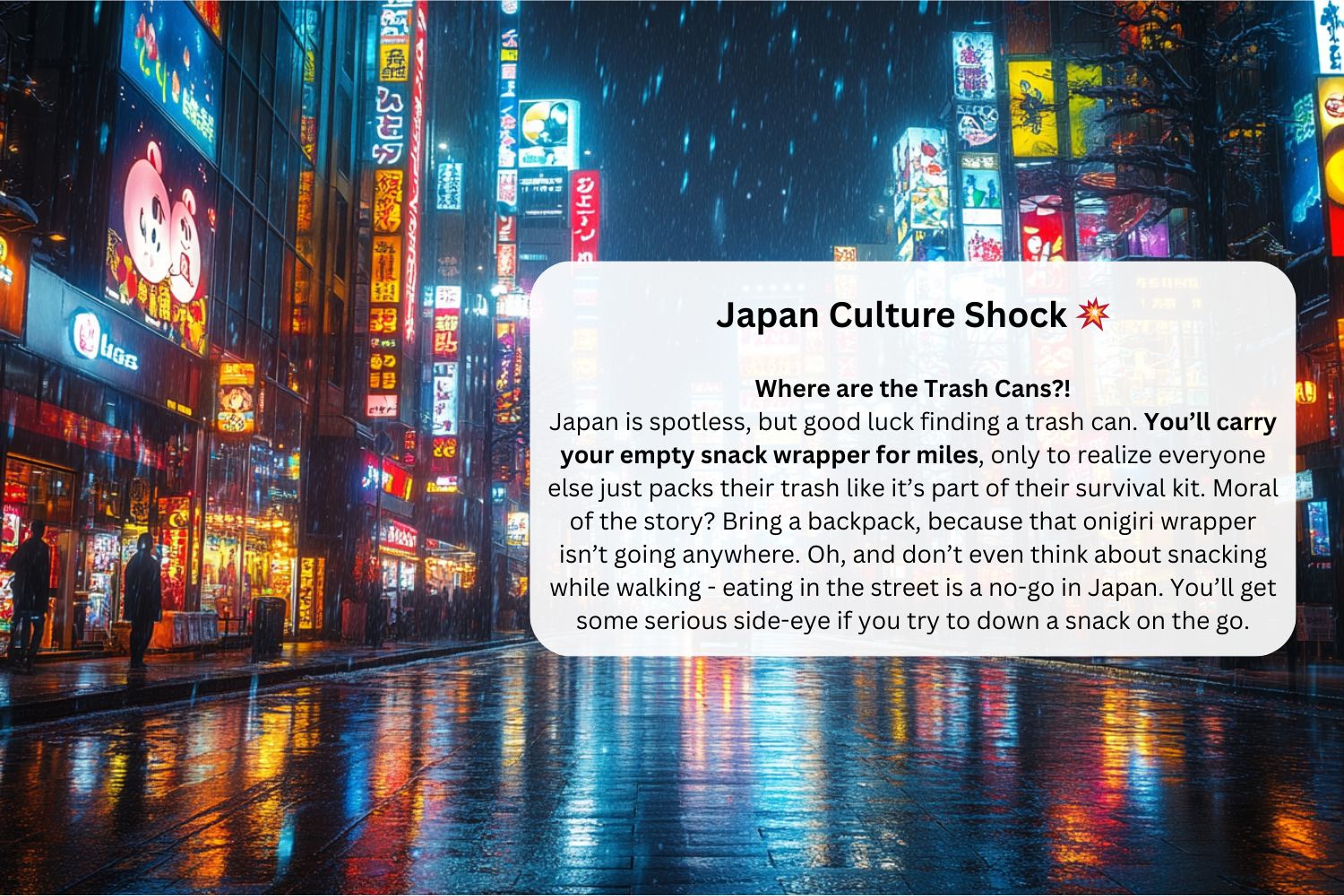
Ever had a sketchy moment out there? Tell me what you learned — and what saved you.
If you’re new to freeriding, hit me with your questions and I’ll guide you through.
Now that you’ve got safety down, let’s explore the heart of Japan, and its incredible culture: The Ultimate Japow Guide: The Culture of Japan – Beyond the Powder
Until then: ride prepared and respect the mountains.
More about Japow:
The Ultimate Japow Guide
 Freeride Safety, Apps, and Survival Rules
Freeride Safety, Apps, and Survival Rules
 The Culture of Japan – Beyond the Powder
The Culture of Japan – Beyond the Powder
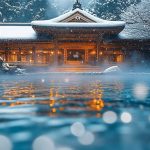 Insta vs. Reality – The Japow Edition
Insta vs. Reality – The Japow Edition
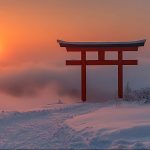 My Takeaways & Next Time’s Game Plan
My Takeaways & Next Time’s Game Plan
Media: All video footage is owned by me. Some images were generated using Midjourney AI.
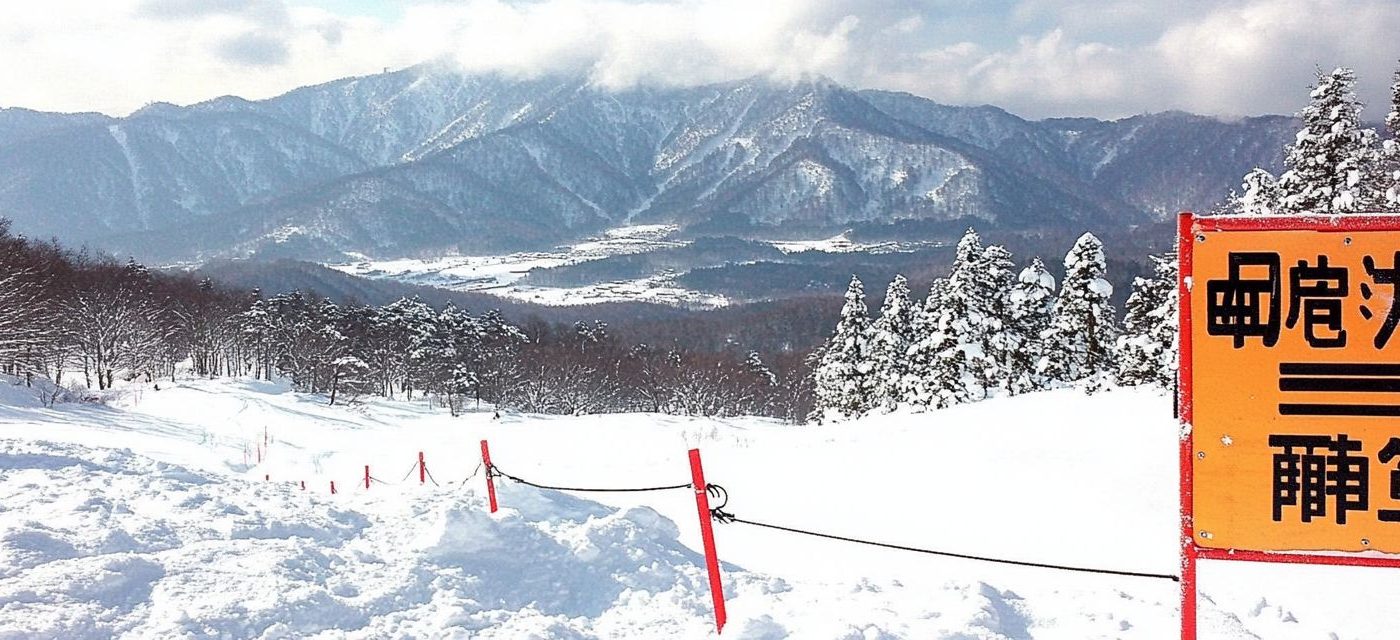
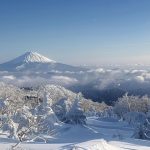





Very helpful information, i am excited for your next post!
Thank you so much! 💛 I’m already brewing up the next one—can’t wait to share it with you soon!
Wow! Some much useful infos. 😍 very helpful!
Aww thank you!! 😍 I’m so happy it was helpful! Japan’s full of little surprises and cool details—it’s been a blast sharing them!
Hi Michèle, ohh I didn’t know that it’s a no-go to snack in the streets of Japan! Very interesting, as well that there are now rubbish bins 😱🗑️
Haha yup, snacking on the go is kinda frowned upon—unless you’re parked at a konbini or festival 😅 And the bins showing up again? Low-key thrilling! Japan is full of tiny plot twists 🇯🇵✨
Hey Michèle! 👋🏼 Wow – I had no idea there’s no official mountain rescue system in Japan! That really surprised me. Didn’t you ever feel uneasy heading off-piste like that? Then again, your blog clearly shows how well-informed and passionate you are – I’m sure that’s helped you steer clear of most dangers. 🙌❄️⛷️
Right?! That one surprises a lot of people! 😳 We made sure to plan our tours in detail ahead of time and only rode the lines we’d mapped out. Since there was a dry spell in the first few days, we had the perfect window to scout and explore—so once the snow finally hit, we were fully prepped and ready to drop in! 🙏❄️⛷️ Appreciate your kind words so much—they really mean a lot!
One thing we wished we’d had in our packs is a short section of rope. With the amazingly deep snowpack it can create some enormous creek holes (or glide cracks/hollow pockets in the forest) and getting out unassisted can be next to impossible. Also, when riding in the trees choose a buddy and don’t let them out of your sight; deep snow immersion is a real risk in Japan. Getting separated from your partner in waist deep snow with no cell service is beyond scary. Normal BCA-style radios are not allowed in Japan due to the frequency they broadcast on is a restricted band in Japan, however there are companies that you can rent radios through for your visit